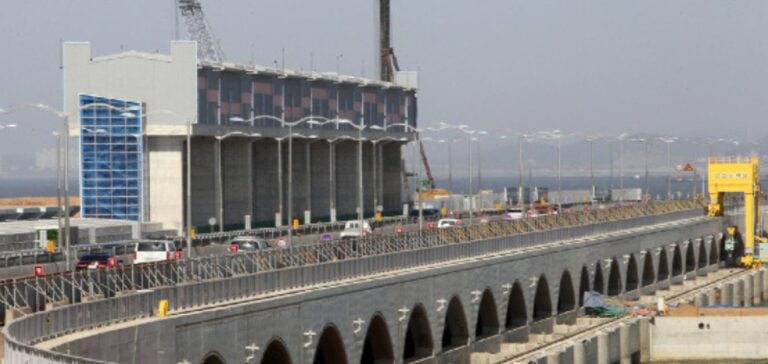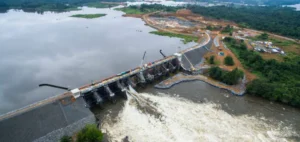Minesto, a Swedish company specializing in ocean energy, and Sev, the Faroese utility company, recently renewed and updated their APP. Initially signed in 2020, this agreement has been extended by two years with the approval of the Energy Agency of the Faroe Islands (Orka). The new PPP adjusts prices to better reflect the total value of tidal energy.
Financial implications
The agreement covers the capacity of Vestmanna’s three tidal power plants. This update aims to optimize profitability for both parties, taking into account production costs and the expected benefits of tidal energy. Minesto CEO Dr Martin Edlund emphasized that
“the updated APP reflects the true value of tidal power in the Faroe Islands’ energy mix”.
This statement underlines the importance of adjusting prices to align revenues with operating costs.
Strategy and Development
For Sev, this renewal represents a key strategy for stabilizing energy costs over the long term. Terji Nielsen, Head of R&D at Sev, said:
“We are delighted to sign this renewed agreement with Minesto. We are confident that tidal power will play an important role in our future energy mix.”
This strategic agreement enables Sev to secure a competitively priced source of energy, thus strengthening its market position.
Economic outlook
The renewal of the APP also has important economic implications for the Faroe Islands. By stabilizing energy prices, this agreement can contribute to greater cost predictability for local businesses, fostering a more stable economic environment. In addition, the extension of the agreement strengthens the collaboration between Minesto and Sev, opening up possibilities for future joint projects.
This review and the extension of the power purchase agreement between Minesto and Sev underline the importance of tariff flexibility in line with market trends to ensure the economic viability of energy partnerships.






















